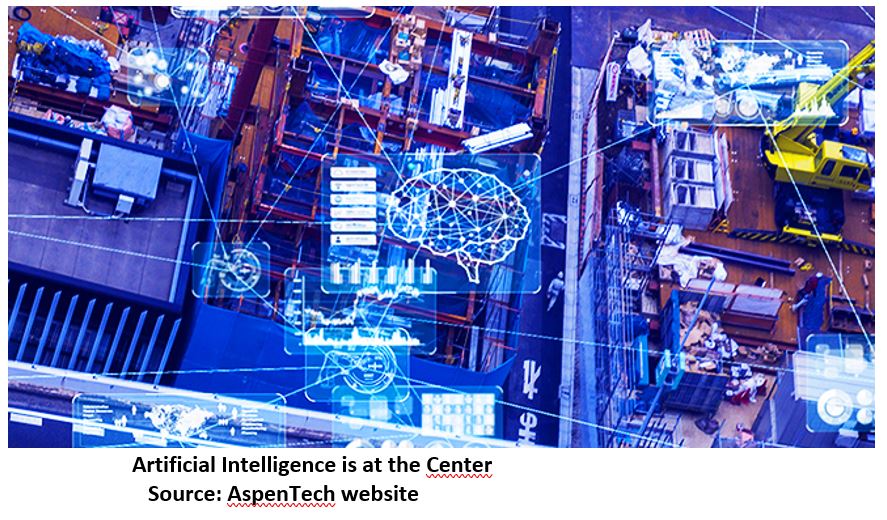

At the recent ARC Industry Forum in Orlando, Chris Williams, Global Director of Professional Services, AspenTech, spoke about the realities of implementations of artificial intelligence (AI), machine learning, predictive analytics, and predictive maintenance technologies from the field. You can watch the workshop proceedings here or on YouTube.
Chris began his presentation by identifying four key components that were reiterated throughout the workshop:
Speaking about the challenges, Chris said that unplanned downtime decreases safety and increases the emissions. It also limits production, driving higher costs, and lowering margins. This pattern is recursive and almost a residual part of the business, and in some cases, we plan for and mitigate quite well, but there's a balance, he added. However, most often we limit our options in terms of mitigation, because our maintenance tasks are reactive. We need to prioritize our resources – to ensure that we have the right people doing the right things at the right time.
The technology is now available, but if it is not integrated with an organization’s day-to-day business, it will not yield the value. The question is: What's the net benefit of all the tools you've bought and all the money you've spent? APM can be a cost center or a value generator. It can integrate the technology and business and generate value. There are opportunities, but we need to exploit them. For instance, flared natural gas produces more than 300 million tons of carbon dioxide emissions every year – the emissions are equivalent of approximately 77 million cars driving over your head every year, just from flaring. This is emitted during transient operations, startups and shutdowns; herein lies an opportunity to reduce greenhouse gas emissions and impact day-to-day operations.
Sustainability is an ongoing effort; unplanned and unexpected incidents still occur. Giving the example of a California refinery event where sulfur dioxide emissions on the day of an emergency shutdown were double that of the prior year, Chris said that the plan and technology were in place, but still things went wrong. As per the Center for Chemical Process Safety (CCPS), process safety incidents occur five times more during startups and shutdowns, he added.
With specific reference to the oil and gas sector, Chris said that it is a known fact that planned maintenance improves safety. Because if most of your maintenance work is planned, the level of risk reduces. This was explained with a graph showing that the number of accidents drops dramatically if more than 75 percent of maintenance is planned. Further, he spoke about instilling a culture of organizational safety and continuous improvement in processes.
You start moving your planned maintenance, so that your people have more time to cross collaborate, understand the root cause and take the right action that solves a problem, said Chris. If you can look across multiple pieces of equipment and processes that are upstream, then you could zero in on the problem area and find the solution. Data is the new oil and we have to gather and harvest as much of that information as possible. So, who does this?
AspenTech’s solutions streamline the selection and preparation of the data builds, using AI, explained Chris. AI technologies are helping organize data, shape outcomes, and present results in a consumable way that enables the best decisions. The data is harvested from multiple sources: your database, other systems, operator walk-arounds, etc. AspenTech’s systems select the minimum set of sensors germane to the particular failure or the particular operation; the regions to be trained and tested on, and the frequency of data needed for analysis. The next step is democratizing AI, i.e., democratizing the process by collaborating across disciplines. Next, the process engineers, operations and maintenance departments lead us to an enriched data, which can be used and is a value-add. It is the integration of all that work with your domain expertise. Data is what it is, what is needed is human expertise, he said. Democratization of technology enables involving people in the solution; this helps in tracking and tracing patterns. AspenTech’s solutions identify these patterns and reduce time and cost.
Every industry has different processes and specific requirements. AspenTech takes all these into consideration, builds the ensemble of metadata, then deploys solutions.

A sampling of some of the predictive maintenance solutions that were successfully deployed across various sectors:
In conclusion, Chris said that all companies have the same objectives: maximize productivity, focus on safety and save the environment. There are different ways and different plans on executing that mission, but the destination is the same.

